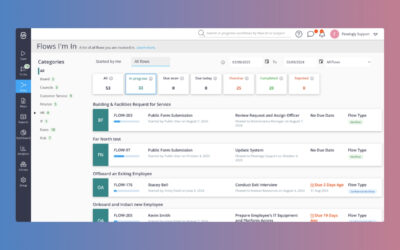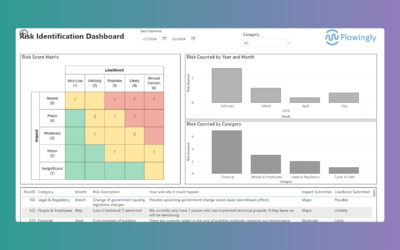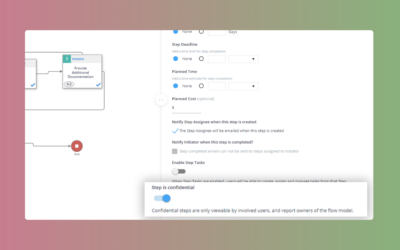Making Process Improvement a Priority
The best process improvement initiative is the one that gets done.
It’s simple. The best type of process improvement initiative at your company is the one that gets done.
Not the major project that you keep talking about but never action. Not the “current-state” process mapping exercise that ticks a box but has no follow-up actions.
No.
The BEST type is the one that you action.
Where you ship improvements.
For process improvement to have a true impact, your employees need to be able to touch and feel it. They need to feel the impact of those improvements in their everyday working life, no matter how big or small.
Process improvement is affected by momentum. By regularly shipping improvements – even the smallest improvements – you begin to build a culture of change.
We see this with our own clients. It’s why Flowingly often starts off being used by a single department and within 2 years is used company-wide. Because the Operations team starts automating some processes, then the HR team takes a peek, then Sales, Finance and so on.
When they ask how the other team did it, the answer is simple. “We started.”
This applies to both methodologies and platforms.
Lean, Six Sigma, Kaizen, Agile. They all work.
No-code, low-code, mapping, mining, RPA. They all work too.
Each of these methodologies and platform types will have an impact when done well.
The question you need to ask is “which one can we action?”

Process improvement is affected by momentum. By regularly shipping improvements – even the smallest improvements – you begin to build a culture of change.
Bonus for making it this far…
Here are some tips for creating effective process improvement initiatives in your organization.
1. Be honest about your constraints
Got a decent sized team of developers? Great. All of the platform types listed above are options to you.
If not, cross off low-code, RPA and process mining.
Genuine support and vision for process improvement from the exec team? Business-wide process mapping is a great option.
If not, don’t even try.
Be very honest with yourself about your constraints. Without acknowledging them, you will end up with false starts and inaction.
2. Focus on consistency
What can the business continuously maintain over the coming years?
What can you consistently deploy?
You want to choose a tool that works for you today AND in 2 years’ time.
You might have a couple of weeks in January to dedicate to building that highly-integrated, uber-automated workflow. But will you then be swamped with BAU for the rest of the year?
Consistent effort is key to process improvement.
3. Get started
Action creates momentum.
Many of the successful process initiatives that I have seen are business-driven. Often, they are started by one or two people who are fed up with the status quo.
Every business needs doers.
You hear commentators mention it on the sports field all the time. “She really leads by example”. What they are saying is that she is doing the right things, and the others are inspired to follow.
The same goes in the workplace.
4. And once you’ve done this…keep improving
No process is perfect. No way.
Focus on shipping improvements – not aiming for perfection.
Maybe it’s making a process slightly more streamlined by removing an unnecessary step. Maybe it’s automating an approval that takes your team 10 minutes every day.
By continuously shipping improvements you will begin to build a culture of continuous improvement within yourself and the people around you.
The Flowingly Blog
Get the flow-down on all things Flowingly. From process tips to product, we cover everything you need to level up your processes.
Flowingly Product Update – Visual Filters
We’re thrilled to introduce a release that’s been in the works for a while – an update to the UI of our process filters. This update is all about making your life easier by giving you ways to navigate your processes more intuitively.
Flowingly Product Update – Risk Management Module
We’re excited to unveil our latest addition: the Risk Management Module. It’s time to bid farewell to those unwieldy Excel spreadsheets and embrace a smarter way to handle risk.
Flowingly Product Update – Confidential Steps
This update takes confidentiality to the next level by allowing workflow designers to apply confidentiality settings to individual steps within a flow. 🔒


